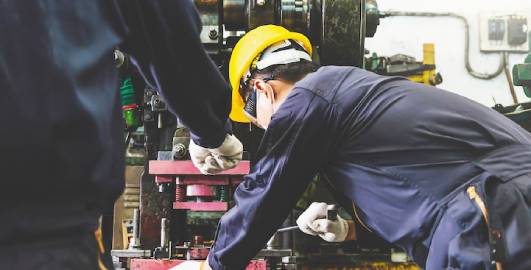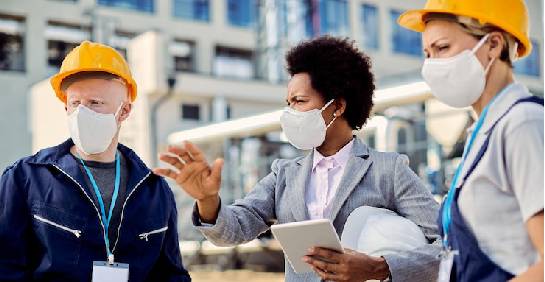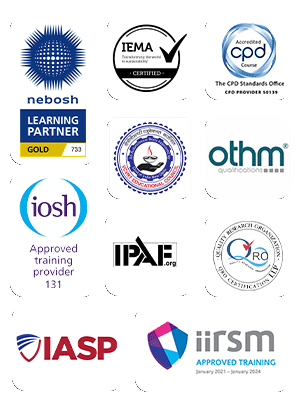Ensuring the safety of your outdoor workers is essential for a productive and compliant workplace. Considering the risks of outdoor work, which ranges from weather hazards to heavy machinery, the Organization must emphasize safety through comprehensive planning and proactive measures. Here is how to effectively prioritize the safety of your outdoor workers.
Identify Risk Assessments
Begin by identifying potential possible hazards specific to your outdoor working area. This involves evaluating hazards such as extreme weather conditions, hazardous chemicals exposure, and heavy machinery operating. Update the evaluation regularly to reflect changing conditions and new safety information.
Equip your workers with PPE
Provide your workforce with essential PPE, including helmets, gloves, safety glasses, and high-visibility clothes. Ensure that the PPE is of excellent quality, appropriate for the work, and of exceptional quality. To provide maximum protection, examine and replace worn-out or broken equipment regularly.
Analyse Weather Conditions
Outdoor workers are particularly exposed to weather-related dangers. Use weather monitoring tools and applications to keep track of situations that could affect safety, such as excessive heat, cold, storms, or strong winds. Establish protocols for suspending work during dangerous weather and ensure workers are aware of these protocols.
Encourage Regular Breaks
Outdoor work can be physically demanding, particularly in extreme temperatures. Encourage regular breaks to avoid fatigue. Also, allow workers easy access to water and shaded rest spaces to stay hydrated and cool, lowering the incidence of heat-related illness.
Equipment Maintenance

Proper maintenance of tools and machinery is essential to avoid hazards caused by equipment failure. Ensure that all equipment is in excellent operating order and perform routine inspections. Keep work environments clean and orderly to reduce the risk of tripping and other hazards. Investing in regular equipment maintenance is an investment in the future of your operations. It not only saves money and enhances productivity but also ensures a safe working environment.

Promote Safety Culture
Promoting a working culture that values safety is essential. Encourage employees to take responsibility for their own and others’ safety. Recognize and promote safe actions, and ensure that management sets a good example by following safety standards.
Emergency Response
Develop and execute emergency response strategies adapted to the specific risks of outdoor work environments. Conduct drills often to ensure that all employees are familiar with emergency procedures, including evacuation routineṣ, first aid techniques and how to use emergency equipment.
Conclusion
Prioritizing outdoor worker safety entails risk assessment, training, appropriate equipment, and developing a safety culture. Employers that apply these best practices may create a safer work environment, lower the chance of accidents, and protect their employee’s safety. Remember, a safe worker is productive, and investing in safety equals investing in success.



